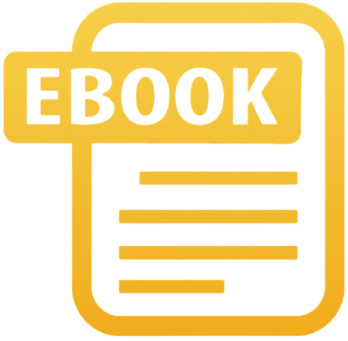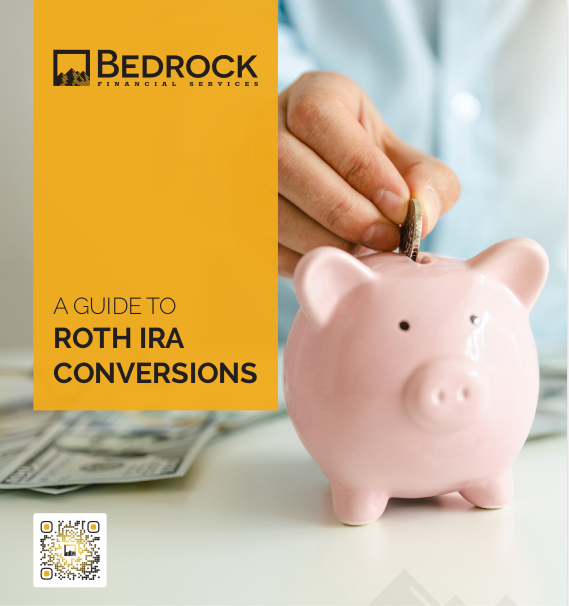Key Takeaways
-
If your CRM feels frustrating or useless, it’s likely due to how you’ve configured—or neglected—it, not because it’s inherently flawed.
-
A few simple changes in workflow, automation, and clarity can transform your CRM from a burden into a revenue-generating engine.
Why CRMs Get a Bad Reputation
You didn’t become an insurance agent to learn software. You’re in the business of helping people protect what matters, not wrestling with dashboards and dropdowns. And yet, your CRM feels like it takes more than it gives. It’s clunky. It’s annoying. It’s overwhelming.
But here’s the truth: most CRMs aren’t bad. They’re misused.
In 2025, the expectations of CRMs have shifted. They’re no longer just digital filing cabinets. If your CRM doesn’t actively help you close business, it’s not being used the right way. And the culprit usually isn’t the system—it’s the setup.
You’re Using It Like a Digital Rolodex
Many insurance agents still treat their CRM like a glorified contact list. They enter basic client info and maybe a note or two after a call, but that’s it. The CRM becomes static, a place where data goes to die.
But modern CRMs are built to be living systems. They’re meant to:
-
Trigger reminders for follow-ups
-
Automate repetitive communication
-
Show lead scoring and engagement
-
Track the entire client lifecycle
If you’re not using these features, you’re missing the point.
The Real Issue: Setup, Not Software
Most agents never received proper onboarding or customization when their CRM was rolled out. Instead, you were handed a login and told, “Figure it out.”
The result?
-
Overloaded dashboards
-
Fields you never use
-
Confusing workflows
-
No automation in place
When your CRM looks like a spaceship cockpit but you only need to drive to the corner store, of course it feels like a burden.
In 2025, CRMs have evolved to be highly customizable. If yours isn’t reflecting your sales process, it’s time to stop blaming the software and start reconfiguring your setup.
You’re Duplicating Work Without Realizing It
If your CRM tasks feel repetitive, you’re probably doubling up on actions manually. Here’s where many agents go wrong:
-
Manually sending every follow-up email
-
Entering call notes in multiple systems
-
Updating lead status without automations
-
Creating task reminders on your own calendar
This kind of workflow defeats the purpose of a CRM. Instead, set up:
-
Email templates with automation rules
-
Smart triggers based on client behavior (e.g., opens, clicks)
-
Integrated call logging
-
Calendar syncing that doesn’t require manual entry
When your CRM handles the admin, you get to focus on the sale.
You’re Not Segmenting Your Leads
Every lead isn’t equal. But if your CRM treats them that way, you’re either under-nurturing hot leads or wasting time on cold ones.
In a smart CRM setup:
-
Leads are tagged based on stage: New, Warm, Hot, Follow-up
-
Campaigns are tailored to interest level
-
Prospects receive different email flows
Segmentation allows you to:
-
Prioritize time wisely
-
Match messaging to motivation
-
See where your best leads are coming from
Without segmentation, you’re throwing darts in the dark.
The Dashboard Isn’t Built for You
Your CRM’s homepage should reflect your priorities. Not someone else’s. Not the vendor’s default. Yours.
You should log in and instantly see:
-
Tasks due today
-
New leads from the past 24–48 hours
-
Pipeline by stage
-
Follow-up reminders that matter
Too often, agents stare at a wall of irrelevant data and tabs. Customize the dashboard to only show what keeps you productive.
You Haven’t Integrated It With Your Other Tools
Your CRM should not live in a silo. In 2025, tools can and should talk to each other. But many agents still manually move data between systems.
If your CRM isn’t integrated with:
-
Your email provider
-
Your calendar
-
Your quoting tool
-
Your dialer or VOIP
-
Your SMS platform
…then you’re creating friction for yourself.
Most modern CRMs allow you to plug in other systems through API, native apps, or even platforms like Zapier. You don’t need to code—just connect.
You’re Not Reviewing Activity and Outcomes
A CRM is more than a task list. It’s a performance mirror. If you’re not tracking:
-
Number of calls made weekly
-
Number of leads touched
-
Response rates on emails
-
Conversion at each pipeline stage
…then you’re flying blind.
Set aside 30 minutes weekly to review metrics. Look for patterns. Where are leads falling off? Which campaign is working? Your CRM has the data—you just need to read it.
You’ve Made It About Data, Not Dialogue
The purpose of your CRM isn’t to record what happened. It’s to help create what happens next.
Every field in your CRM should exist for a reason. If a field doesn’t help you:
-
Start a better conversation
-
Personalize outreach
-
Move a sale forward
…then it shouldn’t be there.
Refocus on fields that:
-
Capture buying signals
-
Log personal preferences
-
Inform better follow-ups
It’s not about collecting information—it’s about using it.
Automations You Should Have Running in 2025
Still doing these manually? You shouldn’t be:
-
New lead welcome email within 10 minutes
-
24-hour follow-up reminder if no reply
-
Automated quote delivery follow-ups
-
Birthday or renewal messages
-
Lapsed client reactivation campaigns
These are no longer optional in 2025. They’re standard expectations. Let your CRM work while you sleep.
You Haven’t Defined a Workflow
The most successful agents have CRM workflows that mirror their real-world process. If you don’t know what happens from the moment a lead comes in to the moment it becomes a client (and beyond), neither does your CRM.
Define stages like:
-
Lead Capture
-
Qualification
-
First Contact
-
Presentation Sent
-
Follow-Up
-
Closed Won / Lost
-
Nurture or Referral
Once your CRM reflects this, it becomes an assistant—not an obstacle.
You Think a CRM Is a Tool—It’s a System
Treating your CRM like a digital notepad misses the point. It’s not just where you put things. It’s how your entire sales engine runs.
When used properly, your CRM should:
-
Remove repetitive tasks
-
Guide your daily priorities
-
Surface opportunities
-
Protect against lead leakage
And most importantly—it should make you more human, not less. By freeing up your time, it lets you show up better in conversations, in proposals, and in client service.
You Can Love Your CRM—If It’s Set Up Right
If you hate your CRM, it’s probably not because it’s broken. It’s because you’re trying to use someone else’s version of it. A CRM is meant to reflect your way of working.
Take the time to revisit your setup. Streamline. Simplify. Automate. Personalize.
Your CRM should feel like a personal assistant, not a burden.
How We Help You Turn Your CRM Into a Closing Machine
At Bedrock Financial Services, we help independent agents like you stop wasting time and start winning business. Our tools, training, and automation support are designed to help you:
-
Set up your CRM the right way
-
Eliminate double work
-
Automate follow-ups and lead flows
-
Focus on the deals that matter
We don’t just give you tools—we teach you how to make them close for you.
Sign up with us today and experience what it feels like to love your CRM again.







